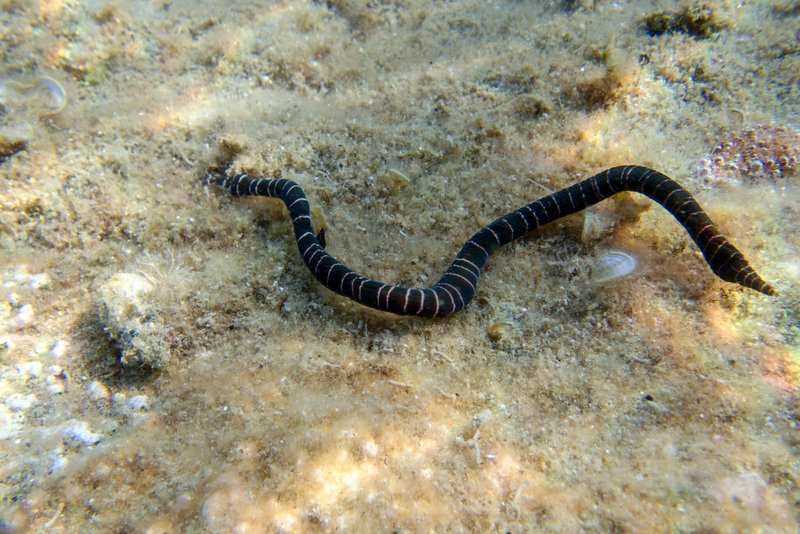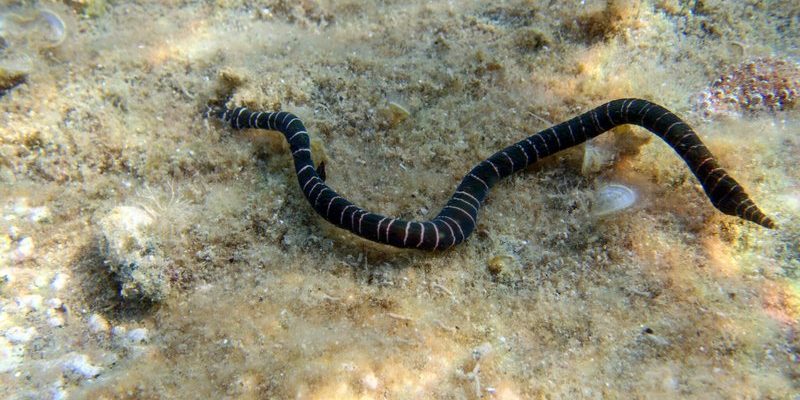
Although they’re not household names like dolphins or jellyfish, ribbon worms are intriguing marine invertebrates. They come in various shapes and sizes, with some even growing up to 30 meters long! Their reproductive strategies are just as varied. Now, you might be wondering how these creatures manage to thrive in their environments—and their methods of reproduction are central to that. So, grab a cup of coffee, and let’s break down the ins and outs of ribbon worm reproduction.
Understanding Ribbon Worms
Before we dive into reproduction, it’s helpful to understand what ribbon worms actually are. These creatures have a long, slender body and can be found in marine, brackish, and even freshwater environments. They’re often colorful and can be mistaken for other worm-like organisms. They’re quite versatile, with some species living in sandy ocean floors, while others cling to rocks or seaweed.
Ribbon worms have a unique structure known as the proboscis, which they use to hunt prey. This long, fleshy extension is not only for feeding but also plays a role in their reproductive strategies. So, it’s not just their bodies that are interesting—it’s their whole lifestyle!
Let’s talk about their two main methods of reproduction: sexual and asexual. Each has its own advantages and quirks, much like how different people approach relationships.
Sexual Reproduction in Ribbon Worms
You might be surprised to learn that many ribbon worms reproduce sexually, meaning they need a mate to create offspring. This process often involves a fascinating courtship behavior, where they engage in intricate displays. Pairing up can be a complex affair—some species release their eggs and sperm into the water simultaneously, allowing fertilization to happen right there in the open sea.
In some species, ribbon worms can actually change their sex. It’s a bit like a character in a movie who suddenly transforms into someone new! This ability can help ensure that there are always enough mates available in their environment, especially since their populations can vary greatly.
After fertilization, the eggs develop into larvae and eventually settle in their habitat. The young ribbon worms, called juveniles, will undergo several stages of development before becoming adults. This journey can be quite a roller coaster, but it’s a crucial part of their life cycle.
Asexual Reproduction: Cloning Their Way to Success
Now, let’s switch gears and talk about asexual reproduction. Imagine being able to create a clone of yourself—how cool would that be? Some ribbon worms can do just that! In asexual reproduction, a single organism can produce offspring without the need for a mate. Instead of a romantic rendezvous, these worms undergo a process called fission.
During fission, a ribbon worm will split its body into two or more parts, each capable of growing into a new individual. It’s like cutting a cake and then each slice becoming a whole new cake! This method is particularly beneficial in environments where finding a mate might be challenging or where rapid population growth is needed.
Asexual reproduction allows for quick population increases, which can be essential in unstable habitats. It’s a nifty way for ribbon worms to ensure their survival. But it’s not without its limitations; genetic diversity can suffer when a population relies solely on cloning.
Comparing Sexual and Asexual Strategies
So, why do some ribbon worms choose sexual reproduction while others stick to asexual methods? Each strategy has its own set of pros and cons, kind of like choosing between a solo trip or a vacation with friends.
- Sexual Reproduction: Promotes genetic diversity, which can lead to better adaptability in changing environments.
- Asexual Reproduction: Allows for rapid population growth and is beneficial when mates are scarce.
The choice often depends on environmental conditions. For instance, if food is abundant and conditions are stable, asexual reproduction might take the lead. However, if the environment becomes harsher and more competition arises, sexual reproduction can become more advantageous.
Here’s the thing: each ribbon worm has a unique strategy that suits its needs. Some combine both methods, making them true masters of survival.
Environmental Factors Influencing Reproduction
Environmental conditions play a significant role in how ribbon worms reproduce. Factors like temperature, food availability, and habitat stability can all influence their reproductive choices. For instance, warmer waters might trigger a surge in sexual reproduction, while harsher conditions could lead to more asexual fission.
Interestingly, some ribbon worms are sensitive to changes in salinity and other water qualities. If their habitat undergoes drastic changes, they might switch from sexual to asexual reproduction, allowing them to quickly bolster their numbers in challenging times.
This flexibility is essential for their survival. In a way, ribbon worms are like chameleons, adapting their reproductive strategies to fit their surroundings. In nature, it’s all about survival of the fittest!
The Role of Larvae in Ribbon Worm Reproduction
Once the eggs are fertilized in sexual reproduction or new individuals are formed through fission, the next stage involves larvae. These tiny creatures are like the baby birds hatching from their eggs, ready to take on the world.
Ribbon worm larvae have a fascinating journey ahead of them. They often float around in the water column, looking for a good spot to settle down. This process is critical, as where they land can affect their growth and development. Some larvae even have specialized adaptations that help them survive their initial days in the open water.
The transition from larval to juvenile stages is a crucial part of the ribbon worm’s life cycle. Understanding this phase helps scientists learn more about these intriguing creatures and how they fit into their ecosystems.
Ribbon worms might not be the most famous creatures in the ocean, but their reproduction strategies are nothing short of fascinating. Whether they’re finding partners for a romantic swim or cloning themselves to populate their homes, these worms have developed impressive methods to thrive.
With their unique abilities, ribbon worms remind us of the incredible diversity of life on Earth. By studying how they reproduce, we gain insights into broader environmental health and species adaptation. After all, understanding these tiny yet mighty creatures could inspire us to appreciate the delicate balance of life in our oceans.
So the next time you think about the wonders of the underwater world, remember the ribbon worm—a small but essential player in nature’s grand design.

